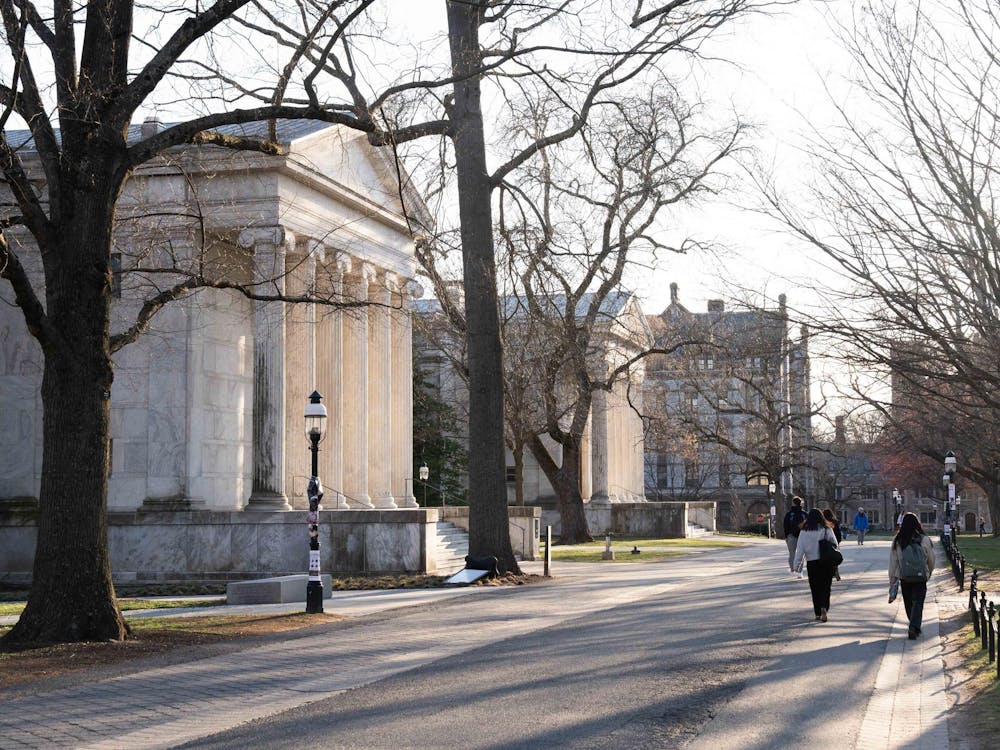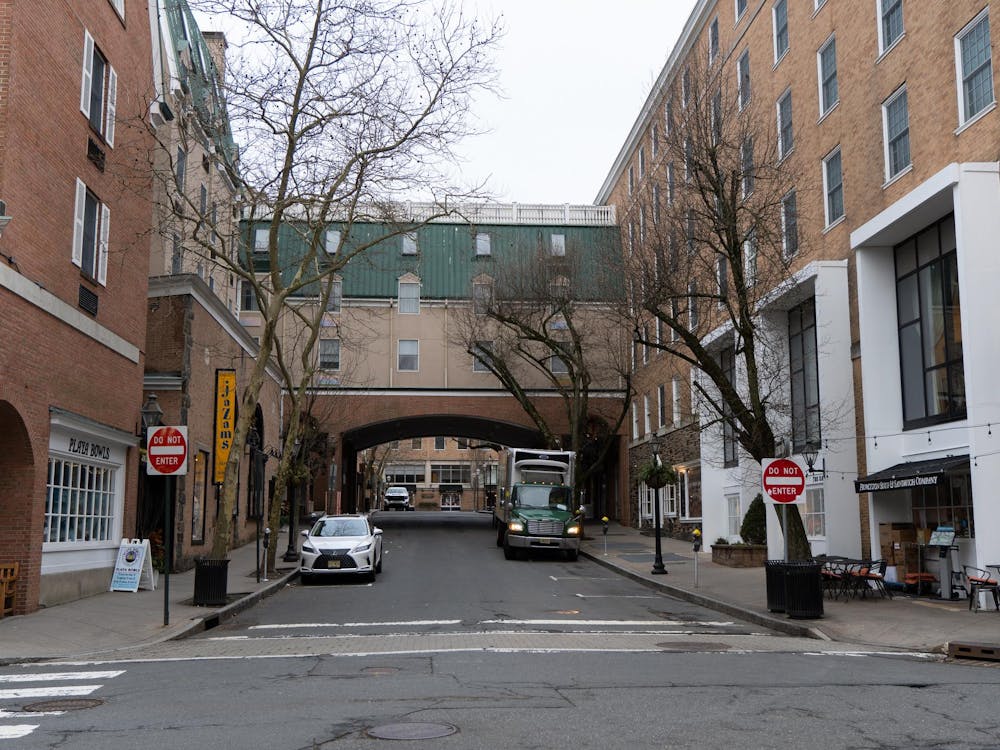In a recent study published in Nature, University researchers have discovered the mechanism inside a mouse’s brain that allows it to map its location in three-dimensional space. By examining how mice responded to spatial signals, scientists were able to observe how the mouse brain tracks its exact location.
The study’s team believes that its observations lend support to the “attractor dynamics” theory, which proposes that the mechanism motivating the behavior of “grid cells” relies on a network relationship between the neurons.
Cristina Domnisoru GS, a neuroscience graduate student in the lab of molecular biology professor David Tank, led the study along with Amina Kinkhabwala, a postdoctorate fellow in molecular biology.
Tank’s lab had the mice exploring a computer-generated virtual setting that the lab had developed in a previous project. This virtual setting allowed the scientists to understand exactly how the mouse responded to specific spatial signals. Because these grid cells are believed to be active in both spatial navigation and memory, this research could also lead scientists to understand how memory works.
This network of neurons, arranged in a neat hexagonal pattern, works as a guidance system for the mouse. Each point “fires,” becomes electrically active, when the mouse nears the corresponding physical point on the field of view. Domnisoru’s study was able to monitor brains of mice as they experienced the virtual reality in order to understand exactly what mechanism provoked this firing effect.
“Together, the grid cells form a rep-re-sen-ta-tion of space,” Tank told the Princeton Journal Watch. “Our research focused on the mech-a-nisms at work in the neural sys-tem that forms these hexag-o-nal pat-terns.”
When the mouse neared a certain point, and the grid cell fired, Domnisoru observed that the potential difference, or voltage, between the inside and outside of the neuron membrane increased in a “ramping pattern” in relation to specific surrounding grid cells. This finding indicates that a formal network exists between the cells, lending support to a network theory first proposed by John Hopfield, professor emeritus of molecular biology and professor emeritus of physics. This model, relying on what is called “attractor dynamics,” attributes the mouse’s mental map to interactions between grid cells through ramps in electrical voltage.
An opposing theory, known as “theta oscillations,” proposes that the network of neurons relies on oscillations in the rhythm of neuronal firing. Michael Hasselmo, a neuroscientist at Boston University, said that the study does not necessarily contradict the theory of theta oscillations in grid cell dynamics.







